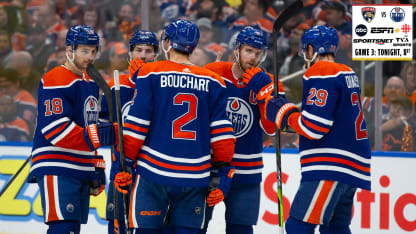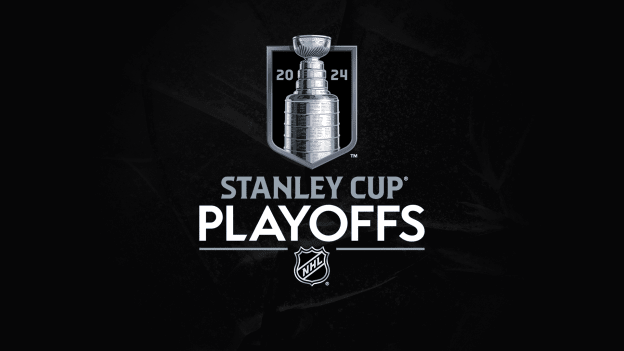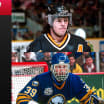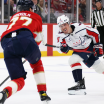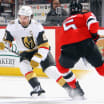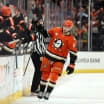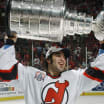EDMONTON -- It's easy to look at a 0-for-7 funk through two games in the Stanley Cup Final and think that's too small of a sample size for the Edmonton Oilers to change anything about their vaunted power play.
Well, Connor McDavid thinks differently with the Oilers heading into Game 3 at Rogers Place on Thursday (8 p.m. ET; CBC, TVAS, SN, ESPN+, ABC) already down 2-0 to the Florida Panthers in the best-of-7 series.
The Edmonton captain wants to see the Oilers freelance more on the power play.
"I think it's got to be a little bit more of a 5-on-5 mentality in terms of it's not going to be as structured I would say, it's not as structured a power play, but just using instinct," McDavid said. "We call it playing road hockey. I think we've got to be elite at that. They're doing a great job of making it tough on us. With that being said, the power play has been together for a long time and we've been great at what we do. We usually solve penalty kills and I would expect us to figure this one out too."
A road hockey mentality might be exactly what Edmonton needs to break out offensively in Game 3 because structure is not working against Florida's aggressive, in-your-face penalty kill that is reading where the Oilers want to go with the puck and taking away options.
Edmonton's power play, which clicked at a rate of 37.3 percent (19-for-51) through the first three rounds of the playoffs, was 0-for-3 with six shots on goal and 14 shot attempts in Game 1, a 3-0 loss. That was better than Game 2, when it was 0-for-4 with one shot on goal and nine attempts in a 4-1 defeat.
"They're challenging, challenging the puck," McDavid said of the Panthers on the penalty kill. "They're jumping wherever your next play is going. You see wherever the puck goes, they're ready to jump on that."
